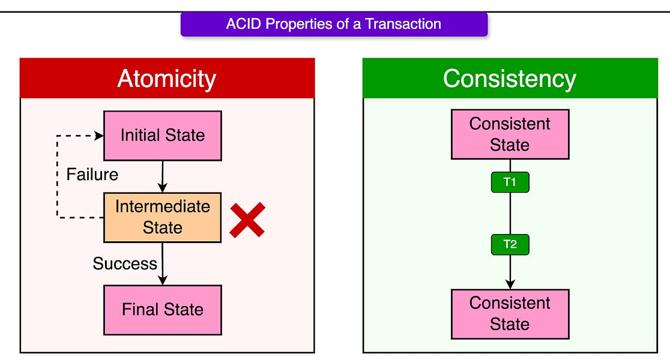Byte Byte Go
4w
36

Image Credit: Byte Byte Go
How Halo on Xbox Scaled to 10+ Million Players using the Saga Pattern
- In the world of massive-scale applications, the need for reliable systems grows as applications expand across various services and storage systems, creating challenges in consistency and transaction handling.
- The Saga Pattern, proposed in the late 1980s, offers a solution for coordinating operations across multiple independent systems, improving reliability and user experience.
- The Saga Pattern involves splitting a single operation into smaller sub-transactions, each committing changes independently, with compensating transactions in case of failures.
- In distributed systems like Halo 4, the traditional single database model faced scalability limits, leading to a transition towards a distributed architecture.
- Halo 4's engineering team used Azure Table Storage and the Orleans Actor Model to handle massive player data volumes, applying the Saga Pattern for managing complex updates.
- They implemented forward recovery strategy rather than backward recovery, ensuring successful updates were not rolled back, thus maintaining user experience and operational efficiency.
- The Saga Pattern's design principles allowed Halo 4 to achieve high availability, resilience, and consistency in a distributed environment without relying on traditional ACID transactions.
- Lessons from Halo 4's application of the Saga Pattern can be applied beyond gaming infrastructure to any domain facing challenges of reliability at massive scale.
- The Saga Pattern offers an elegant solution for systems handling distributed operations and highlights the importance of prioritizing availability and resilience at scale.
- Sponsorship opportunities are available to reach a wide audience of tech professionals through newsletters that focus on products and services relevant to engineering leaders.
- For ad spots in the newsletter reaching influential tech professionals, you can reserve space by contacting [email protected].
Read Full Article
1 Like
For uninterrupted reading, download the app